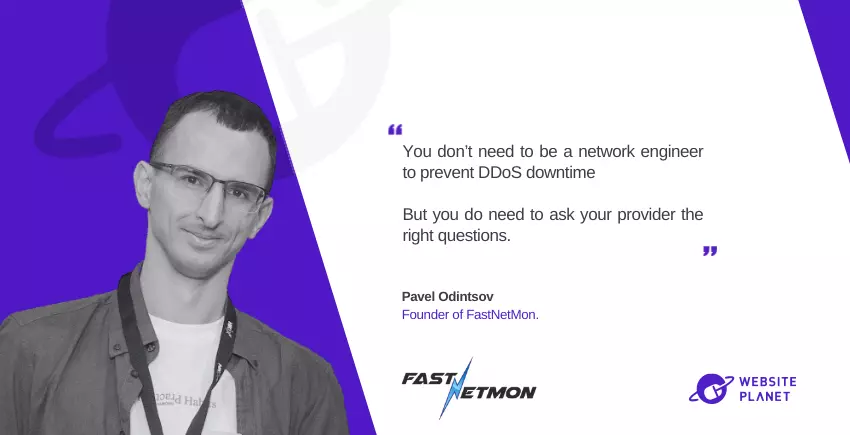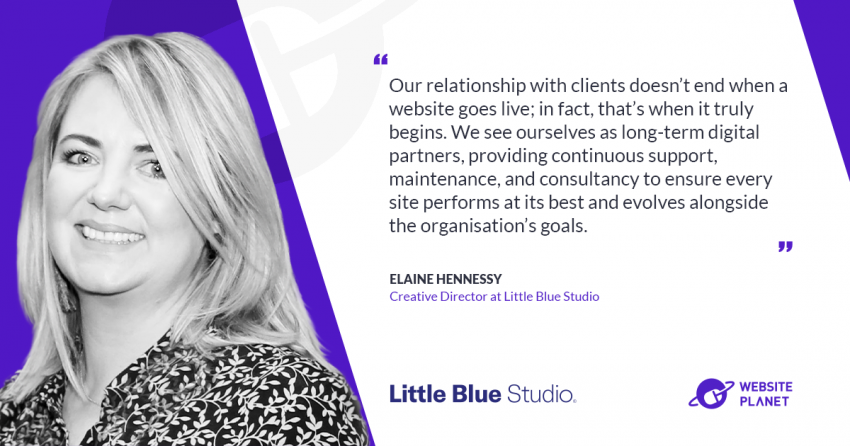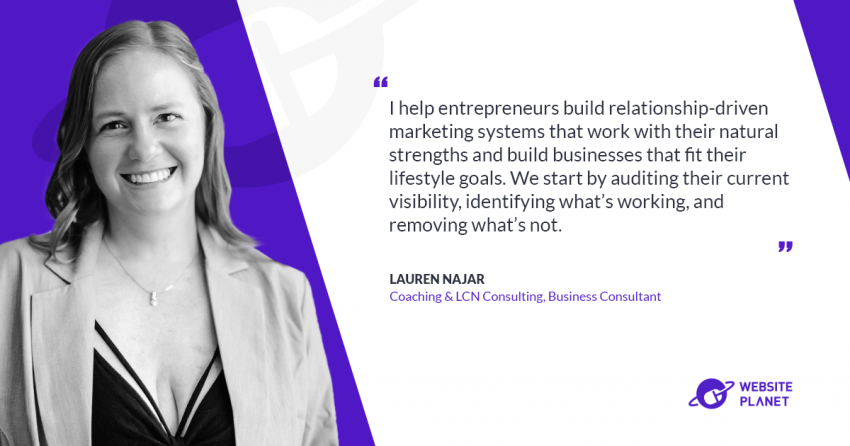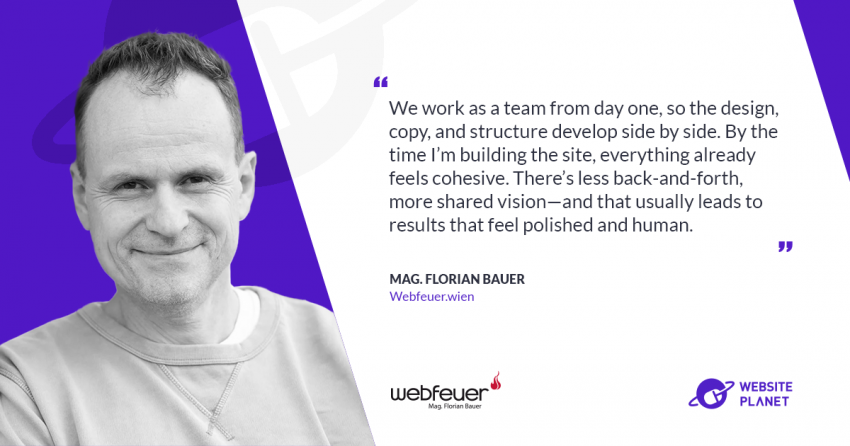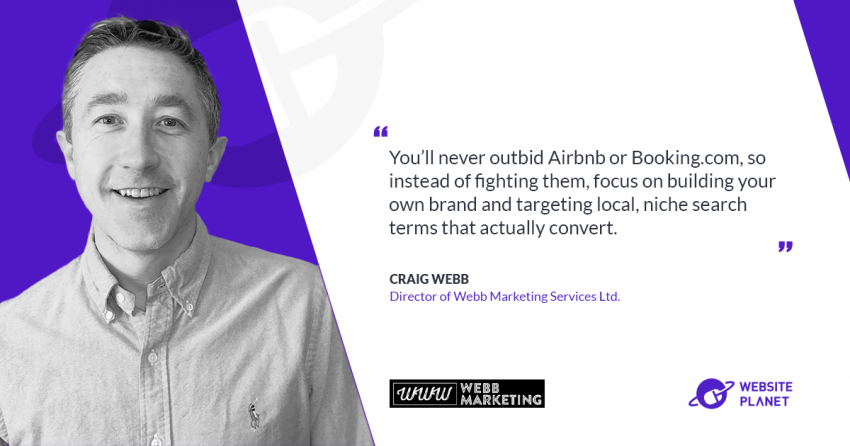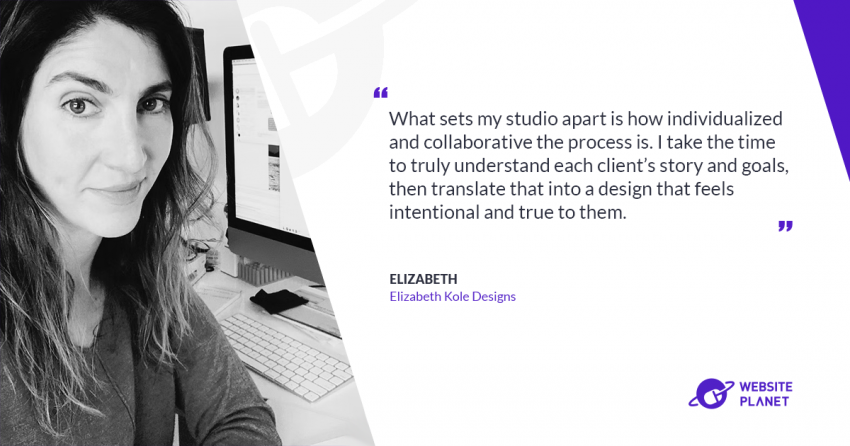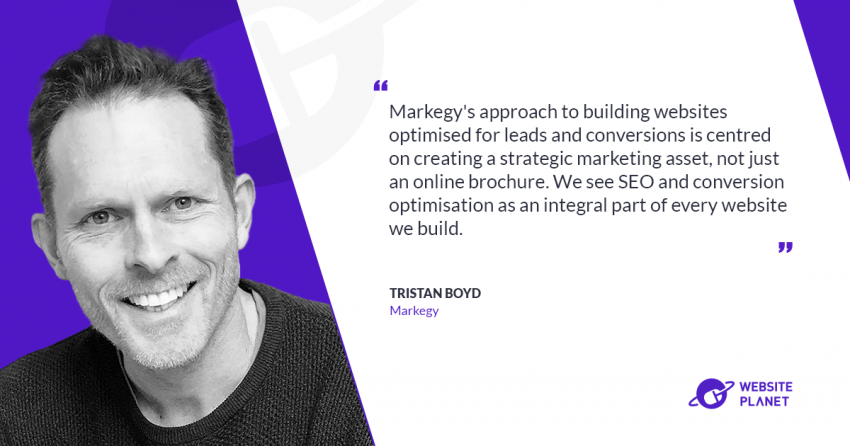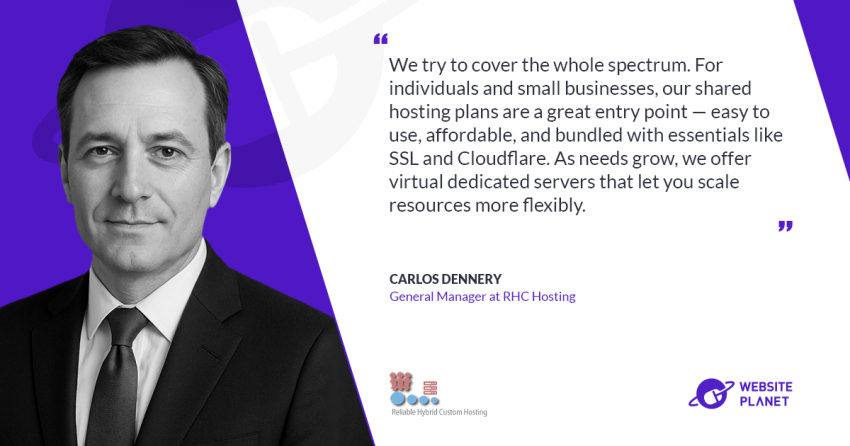Distributed denial-of-service (DDoS) attacks used to be the work of state actors or highly skilled hackers. Today, you can buy a DDoS attack even with zero technical knowledge.
Platforms called booters or stressers let anyone rent a botnet and launch a large-scale DDoD attack for as little as $5 an hour. You just choose a target, click “go,” and watch their connection collapse.
These pay-to-crash services are fuelling a wave of attacks. In 2025, the largest measured DDoS attack peaked at 7.3 terabits per second, targeting a single IP address with 34,500 ports per second. That’s the equivalent of downloading 9,000 HD movies in under a minute—aimed at one target.
So DDoS attacks are bigger, faster, and easier to launch than ever, so why are so many businesses still too slow to react?
Safety Detectives invited Pavel Odintsov, Co-Founder of FastNetMon, to help us understand why traditional DDoS tools are failing, and what are some better alternatives that can actually stop DDoS attacks in seconds.
Why Do Websites Go Down During a DDoS Attack?
Simply put: because the infrastructure around them wasn’t ready.
Websites don’t typically go offline because the site itself is overwhelmed. Instead, the servers, hosting provider, ISP, or cloud platform supporting it are flooded with traffic. That traffic clogs up network pipelines and chokes legitimate access, just like a traffic jam on a highway.
And here’s the kicker: even if your website isn’t the direct target, it can still go down. If someone else on your shared infrastructure is being hit, you can suffer collateral damage from their attack. And it all depends how fast is your web infrastructure provider able to respond to the attack.
If your DDoS protection takes minutes to kick in, you’re already offline.
Attacks happen in seconds.
Detection and mitigation must happen just as fast.
Unfortunately, most legacy DDoS systems respond too late, when the outage has already happened (and your users are already frustrated), because they still rely on manual rate limits, and reactive processes.
That’s one reason why networks in over 130 countries trust FastNetMon: because in 2025 you need a real-time DDoS detection engine.
DDoS Protection Starts Before Traffic Reaches Your Site
As a website owner, you must understand that DDoS protection doesn’t typically happen on your website. If malicious traffic has taken down your website, the attack is already inside your infrastructure.
Protection must happen upstream, at the ISP, data center, or hosting provider level, before the traffic reaches your platform.
That’s what tools like FastNetMon are built for. They sit at the network edge, detect attacks within seconds, and trigger automated mitigations. No manual response is required.
The best protection is invisible. You don’t notice anything because the attack never reaches your application.
So, What Should Website Owners Actually Do?
You don’t need to be a network engineer to stay online. But you do need to ask the right questions about the infrastructure behind your site.
If you’re using a major provider like AWS or Google Cloud, some basic protections are in place. They’ll block certain basic attack types automatically. But many attack types bypass the basic cloud provider protection systems. And in those cases, your service likely stays online but the damage is financial.
Even if your service stays online, you’ll still be charged for the traffic used during the attack. That’s because most cloud services charge based on bandwidth. And when you’re hit with a DDoS spike, that traffic can cost thousands of dollars—overnight.
That’s why it’s not just about uptime. It’s also about cost containment and early detection.
Start by asking your hosting provider or CDN these questions:
- Do you offer automatic, real-time DDoS mitigation?
- How fast does your system detect and respond to attacks?
- Is there a traffic threshold or volume limit?
- Can attacks on other customers affect my service?
- Will I be charged for malicious traffic?
If the answers are vague or overly technical, that’s a red flag.
If you’re self-hosting or running services on a VPS, consider solutions that offer real-time, network-level protection, either through your provider or using platforms like FastNetMon.
Also keep in mind: DDoS isn’t just one kind of attack. Some are volumetric, others are protocol-based or application-layer floods. Effective protection often requires multiple layers working together, from the ISP to the CDN to your firewall.
Bottom Line
DDoS attacks aren’t going away. They’re cheap, fast, and effective, and nearly any business that relies on being online is a potential target.
But defence has caught up. Modern detection engines like FastNetMon can stop an attack in seconds, before users notice and before the damage hits your bill or reputation.
The key to fight DDoS attacks is automation, not reaction. And it starts by knowing what your infrastructure is actually prepared to handle.
Want a second opinion on your DDoS protection?
Reach out to Pavel Odintsov and FastNetMon:
- https://www.linkedin.com/company/fastnetmon/
- https://www.linkedin.com/in/podintsov/
- https://www.fastnetmon.com
